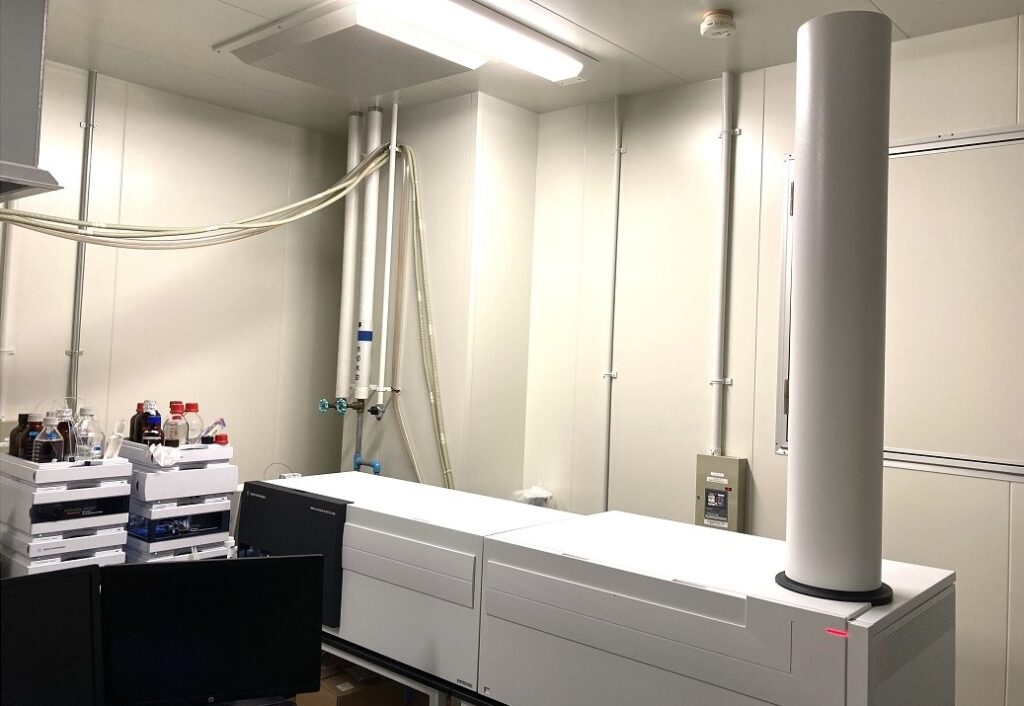Are plastics that have deteriorated in the environment further miniaturized and reach the cells of living organisms?

Plastics such as containers and packaging deteriorate and become microplastics (several μm ~ 5 mm) in the environment. In recent years, many researchers have been developing methods for analyzing MPs at the 10 μm level in the environment. In this research, we will develop a method for analyzing nanoplastics in the environment. When the particle size of the depleted plastic becomes smaller than 5 μm, it passes through the trachea and bronchi, and reaches the alveoli when it becomes smaller than 1.1 μm. If it existed at that size, it would adsorb micro-pollutants that are of concern about carcinogenicity at a high concentration of several million times and transport them into cells. Furthermore, if it becomes smaller than 20 nm, there is a high possibility that it will permeate the biological cell membrane. In this research, "Are plastics that have deteriorated in the environment further miniaturized and reach biological cells?" We will establish an analysis method and test system that approaches the core of the plastic issues. The target organisms are locusts and anemones, including Itasenpara Bitterling, and the coral reefs of the Kingdom of Thailand will also be used as fields in addition to outdoor surveys and indoor experiments. Students who are willing to elucidate the distribution and biological effects of substances in the environment that make daily life convenient are welcomed.
◯◯◯◯◯

◯◯◯◯◯◯◯◯◯◯◯◯◯◯◯◯◯◯◯◯◯◯◯◯◯◯◯◯◯◯◯◯◯◯◯◯◯◯◯◯◯◯◯◯◯◯◯◯◯◯◯◯◯◯◯◯◯◯◯◯
◯◯◯◯◯

◯◯◯◯◯◯◯◯◯◯◯◯◯◯◯◯◯◯◯◯◯◯◯◯◯◯◯◯◯◯◯◯◯◯◯◯◯◯◯◯◯◯◯◯◯◯◯◯◯◯◯◯◯◯◯◯◯◯◯◯
Development of behavior prediction methods and efficient removal technologies on organic fluorine compounds in soil and water systems

We are surrounded by artificially produced organic compounds. In this theme, we will develop a technology to prevent diffusion into the environment through wastewater, which are specified emission sources, targeting more than 600 types of precursors of Per- and polyfluoroalkyl substances (PFASs) that are suspected to be genetically damaging. In particular, we will focus on the outflow from military facilities in Okinawa Prefecture, and cooperate with the Chatan Water Treatment Plant to trace the source and develop appropriate treatment methods. Some of the PFOS, PFOA and precursors discharged from airports, military installations, and large-scale fire scenes are expected to accumulate in the soil. As a representative of contaminated soil, we will clarify the vertical distribution of the contamination situation of the soil around the Kadena Air Force Base in Okinawa Prefecture. Students who are interested in environmental and soil remediation are welcomed.